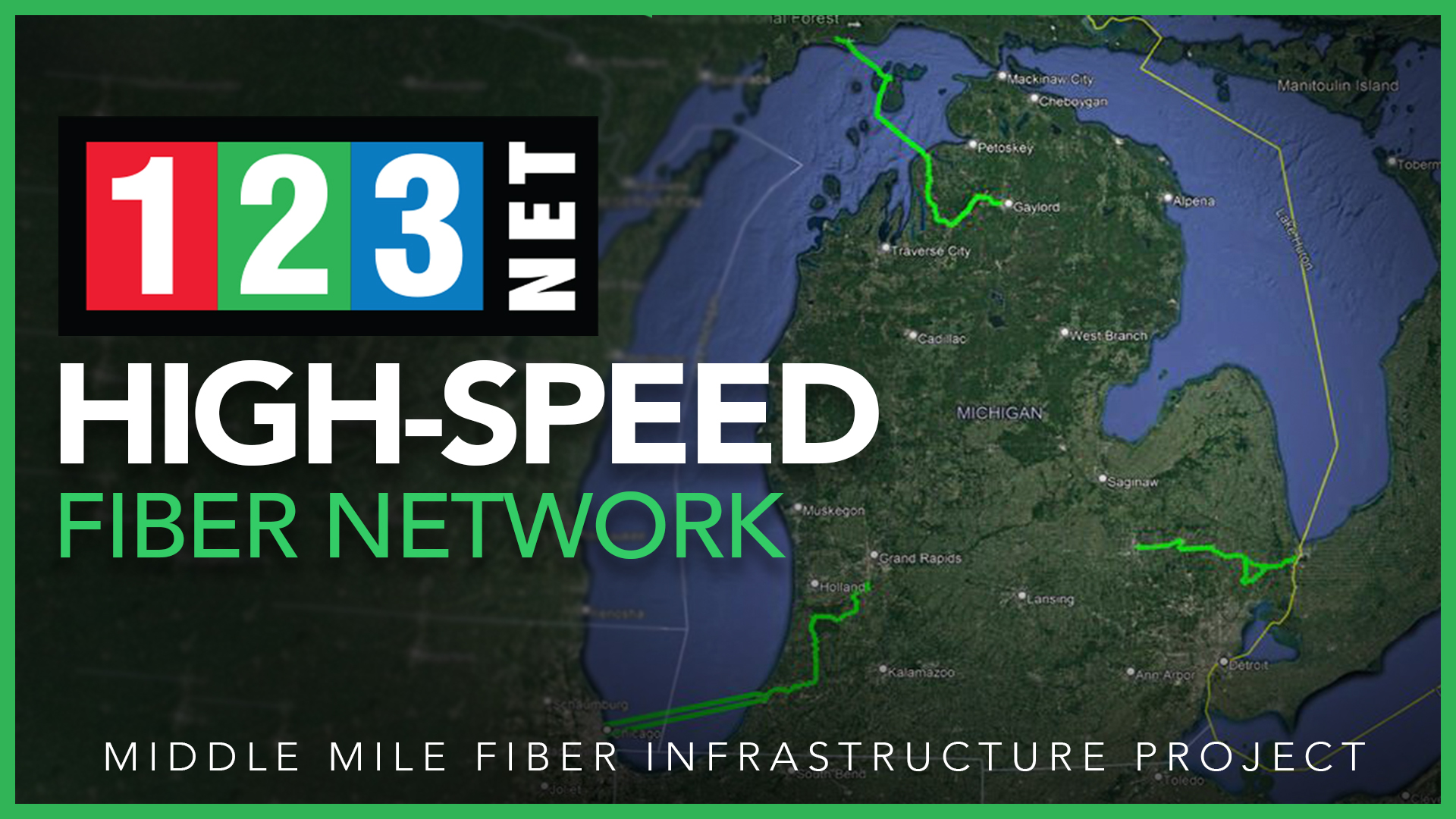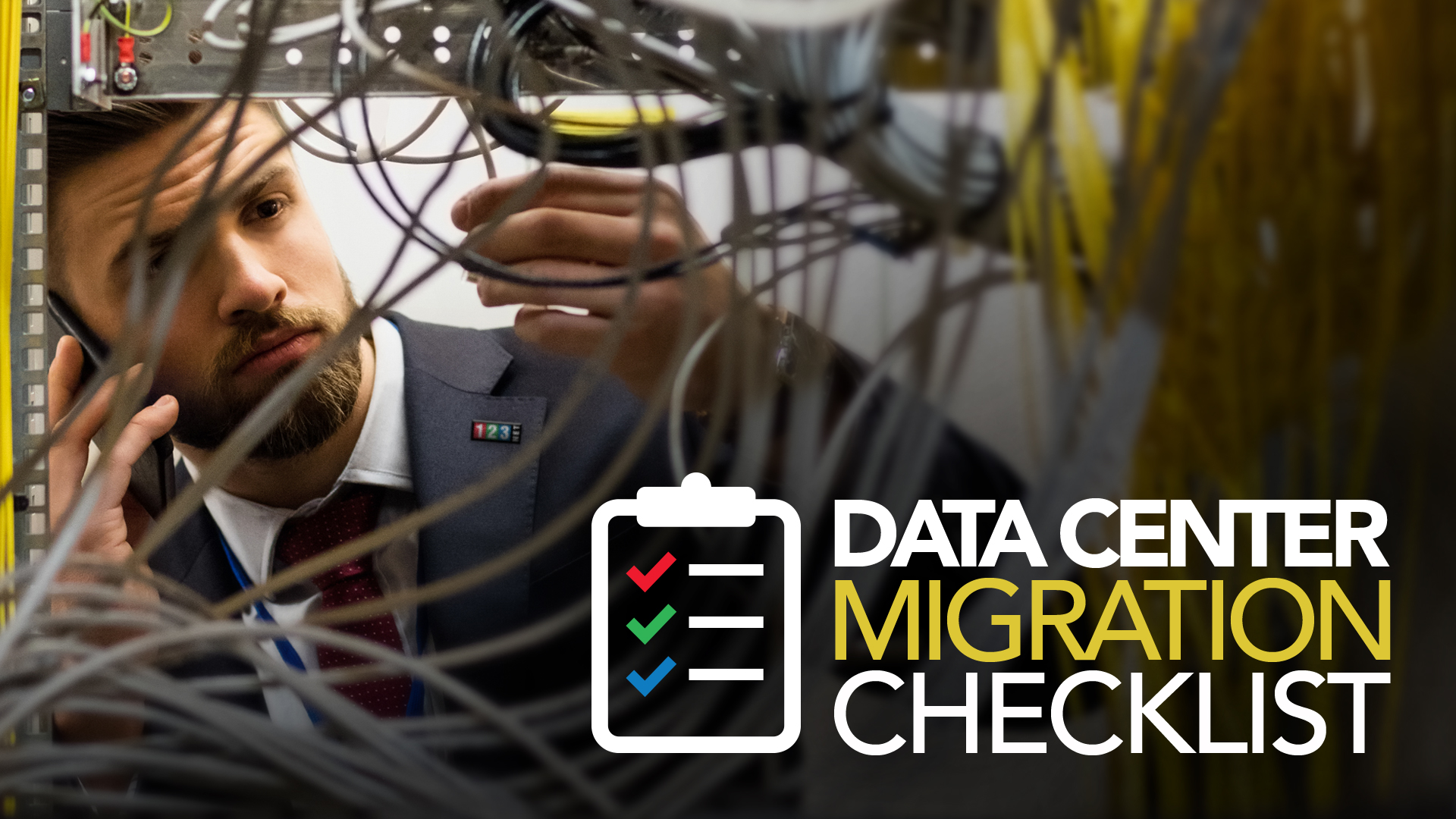
What is Latency?
Latency, often referred to as “ping time” or simply “lag,” is a critical factor influencing the quality of your online experience. It represents the delay between when data is sent from a device to a remote server and when a response is received. It measures the time it takes for data to travel from a device to its destination and back.
Latency is typically measured in milliseconds (ms), and a lower latency value indicates a more responsive and smoother online experience. High latency can delay and disrupt various online activities, including gaming, video conferencing, web browsing, and streaming.
How Latency Impacts Internet Performance:
Online Gaming: In online gaming, low latency is crucial for a seamless experience. High latency can result in delays in actions, making it difficult for players to respond quickly, and can lead to a frustrating gaming experience.
Video Conferencing: High latency during video calls can cause delays in communication, making conversations feel unnatural, and leading to synchronization issues between audio and video.
Web Browsing: Although web pages may load quickly, high latency can cause a noticeable delay when navigating or interacting with web content. This can affect the overall user experience.
Streaming: High response times can lead to buffering and longer loading times when streaming video or audio content. It can result in interruptions and lower video quality.
Cloud Services: Long response times can also affect Cloud applications and services, leading to slower response times and reduced productivity.
How to Reduce Latency
Reducing latency for a better online experience involves several strategies:
Choose a Reliable Internet Service Provider (ISP): A high-quality, reliable ISP can provide lower latency, as they typically have well-maintained networks and infrastructure.
Optimize Your Network: Ensure that the home network is set up efficiently. Use a wired connection instead of Wi-Fi for gaming and critical tasks, and invest in a high-quality router and modem.
Use Content Delivery Networks (CDNs): CDNs distribute content closer to the designated location, reducing the distance data must travel, which can decrease response times.
Select Servers and Regions Carefully: In online gaming or video conferencing, choose servers or regions that are geographically closer to the location to reduce the distance data needs to travel.
Close Unnecessary Background Applications: Background applications and processes can consume bandwidth and increase latency. Closing them prioritizes a better online experience.
Update Firmware and Software: Keep the device’s firmware, drivers, and software up to date to ensure optimal performance.
Prioritize Quality of Service (QoS): Some routers prioritize certain types of traffic, like video calls, for lower latency.
Monitor and Troubleshoot: Use tools like ping tests and trace routes to identify latency issues and contact the dedicated ISP for consistent high latency.
How The DET-iX Reduces Latency
DET-ix, or Detroit Internet Exchange, is a regional Internet exchange point located in Detroit, Michigan. Internet exchange points (IXPs) like DET-iX play a crucial role in improving service through several mechanisms:
Localized Traffic Exchange: Internet exchange points allow networks to connect, exchanging traffic locally rather than routing it through distant locations. This localized traffic exchange reduces the number of hops data packets need to take, resulting in lower latency.
Reduced Network Distance: By facilitating direct connections between networks, DET-iX helps in reducing the distance that data needs to travel. Shorter network paths lead to quicker data transmission and lower latency.
Enhanced Routing Efficiency: DET-iX allows for more efficient and direct routing of data between participating networks. This reduces the likelihood of congested or inefficient routes, further improving overall network performance and reducing latency.
Cost Savings: By exchanging traffic locally, DET-iX can help reduce the costs associated with long-distance data transfer. This cost efficiency can translate into more affordable and higher-performing internet services for businesses and end-users.
Improved Redundancy: Internet exchange points often offer redundant and diverse connectivity options. If one connection fails, traffic can be automatically rerouted through alternative paths, minimizing disruptions and maintaining low latency.
Peering Agreements: DET-iX facilitates peering agreements among networks, encouraging direct data exchange between them. These agreements allow networks to share traffic without the need for intermediaries, reducing latency and improving overall network efficiency.




